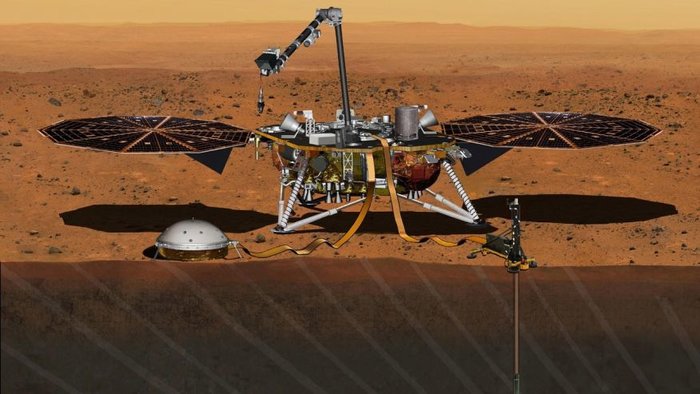For this particular instrument, such a leak would have been devastating: The SEIS instrument is incredibly sensitive, because the seismic activity on Mars is itty bitty compared with Earth`s. The instrument is designed to detect the most minute of planetary motions — ground movements as small as the width of a single atom. To trust those measurements, NASA scientists need to know that the instrument is suspended in a perfect vacuum, protecting it from misreading any errant rumblings from the lander itself. Seismic readings are one of InSight`s main scientific missions, so a faulty SEIS would waste the mission.
Because the distance between Earth and Mars can nearly double based on their orbital positions, any launch has to take advantage of a specific time window when the two planets are as close as possible. It may take much less than two years to fix the SEIS to NASA`s satisfaction, but that won`t make our planets move any faster. Ready or not, the next launch window won`t come until May 2018.
NASA hasn`t announced how much it will cost to keep the project running during the two-year delay. During the next few months, NASA`s own labs will work on fixing the vacuum chamber, while CNES turns its attention to the instrument itself.
More about:
















































